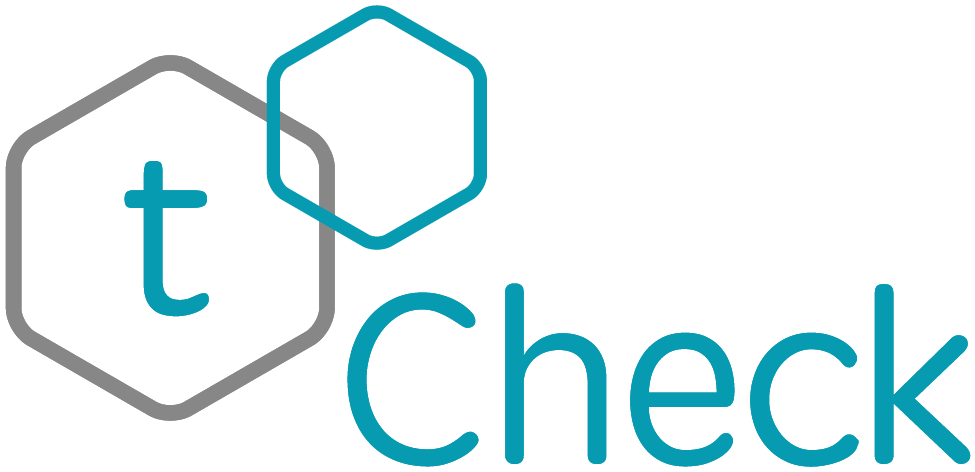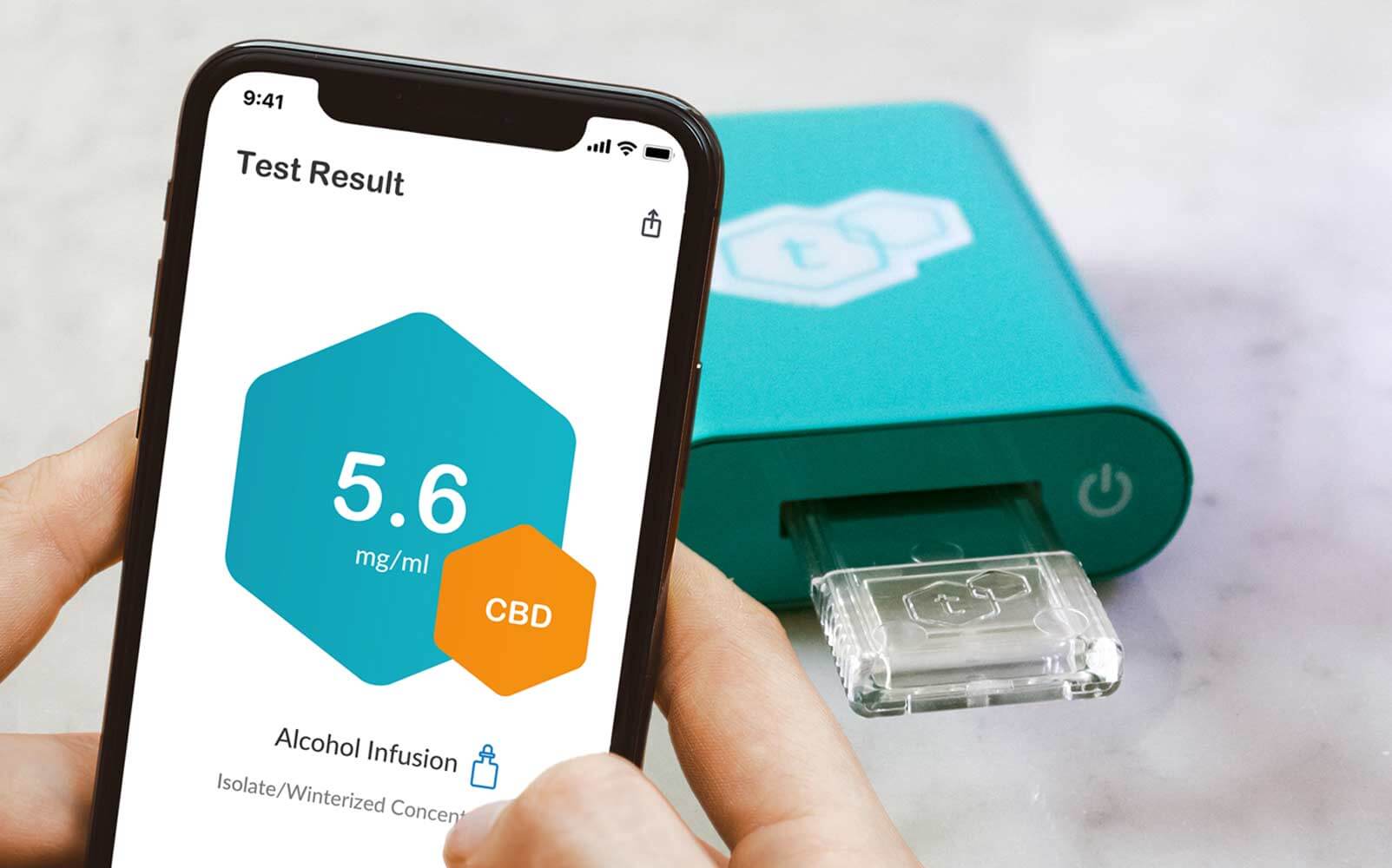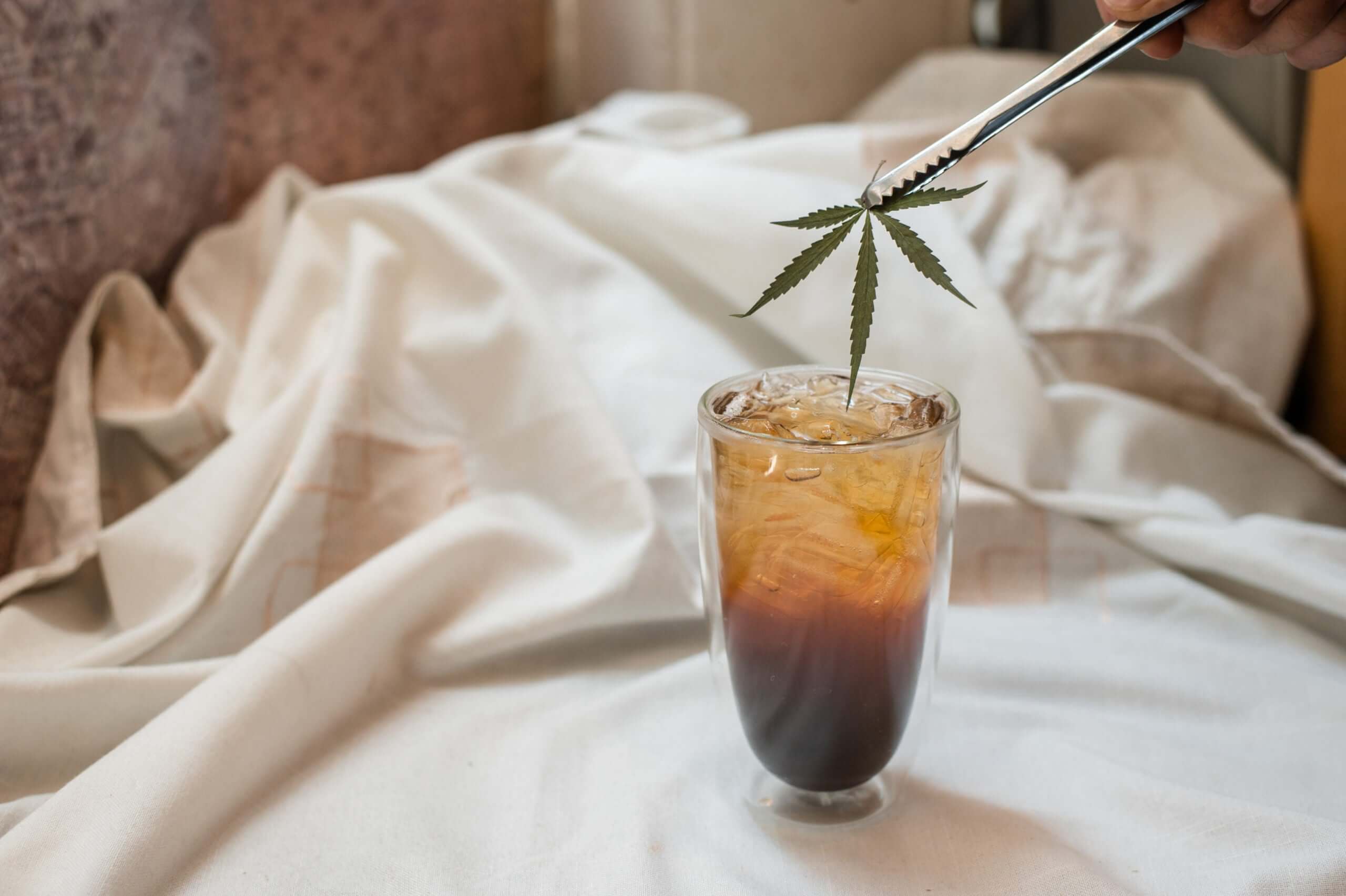Do you want to know the secret ingredient in cannabis edibles? No, it’s not “love”—it’s lecithin!
Chances are you’ve already seen a few edibles recipes that call for this fatty compound. Heck, there are even a few canna-cooks that say they can’t make their “highest” quality goods without a little lecithin.
In reality, lecithin isn’t an essential ingredient in edibles. You could still make cannabutters and oils without adding a dollop of this binder. However, the benefits associated with lecithin are so great that many claim it’d be foolish to go back to their pre-lecithin ways.
So, what’s all the fuss about using lecithin in cannabis edibles? Could it really kick your cannabinoid-rich goodies into overdrive? Let’s take a closer look.
What Is Lecithin?
If you’re looking for the smarty-pants scientific definition, then lecithin is a “phospholipid” with excellent emulsification properties. In layman’s terms, lecithin is a type of fat that’s great at binding materials together (e.g., waters and oils). Over the years, lecithin has become a staple in many industries, including cosmetics and health food supplements.
In the case of cannabis, lecithin seems to help cannabinoids attach to fatty molecules. Without an emulsifying agent like lecithin, these two materials wouldn’t form a strong bond. Indeed, you might’ve noticed first-hand how cannabis materials tend to fall to the bottom of non-lecithin-infused oils.
Without question, eggs are the best all-natural source of lecithin—hence their widespread use in batters, sauces, and stews. However, that doesn’t mean you can’t enjoy lecithin if you’re on a vegan diet. In fact, most manufacturers use soybeans or sunflowers to create lecithin powders, granules, or oils.
Could Lecithin Increase An Edible’s Potency?
The main reason canna-chefs get interested in lecithin is to boost their edibles’ effects. Recent studies suggest a touch of lecithin could dramatically improve the bioavailability of cannabinoids like THC and CBD. Also, since lecithin helps prevent cannabis materials from separating, it could evenly spread your weed’s active components, which could improve the accuracy of daily dosing.
Apparently, our bodies can better absorb cannabinoids if they’re stored in fat molecules. Some scientists also suggest lecithin “smooths out” fatty compounds, which might make it easier for our liver to process.
Although lecithin might make edibles feel more intense, please remember it doesn’t alter cannabinoid counts. Whether you choose to add lecithin or not, your edibles will have the same cannabinoid percentages. Lecithin only makes these cannabinoids easier to absorb.
Does Lecithin Make Cannabis Edibles Tastier?
While cannasseurs love lecithin’s effects on potency, not everyone’s a fan of this additive’s taste. Some people claim they don’t mind adding lecithin, but others say they notice clashing flavors in their final product.
Unfortunately, it’s difficult to get an accurate read on lecithin’s flavor. There are many different opinions on what lecithin tastes like, but a few common words include “caramel,” “earthy,” and “ grassy.”
Of course, the flavor lecithin adds to your edibles depends on how much you’re using and what brand you’re using. Since you don’t generally need a ton of lecithin to improve your edibles, chances are it won’t overpower their flavors. However, everyone has different sensitivities, so you might have to reduce your lecithin levels for optimal taste.
For the best results, we recommend tasting your lecithin brand before adding it to your edibles. If you choose to use lecithin, please only use a small amount in your first trial. Gradually increase the lecithin dosage with each repeated use until you achieve the desired taste and texture.
If you like using lecithin’s effects but can’t stand its flavor, then see if you could find an unflavored powder.
How Does Lecithin Affect An Edible’s Shelf Life?
Another benefit of using lecithin in cannabis edibles is that it improves shelf life. Remember, lecithin will help keep your product’s water and fat molecules “bound together.” Edibles with a more substantial structure will take a longer time to break down.
Plus, lecithin’s binding action may help reduce the risk of mold. As long as you keep your products in a cool, dark area, they should last a long time with lecithin.
How Do You Get Ideal Lecithin Levels?
Now that you’re sold on adding lecithin to your canna-goodies, you may be wondering how much to add. Unfortunately, we can’t give a straightforward answer. Determining your ideal dose of lecithin will require a bit of trial and error.
As a rule of thumb, use no more than one teaspoon of lecithin powder per cup of carrier oil. After mixing this cannabis infusion into a recipe, see how well it improves your final product’s texture and potency. If you feel your edibles could use a little extra structure, add another teaspoon to your next batch.
While there aren’t official lecithin limits, most chefs don’t recommend using more than one tablespoon of lecithin per cup of oil. The only case where these high doses might work is if you’re making a vegan-friendly recipe. Obviously, vegan recipes don’t have eggs, so they need extra lecithin to improve binding.
As you’re experimenting with different lecithin levels, it’s beneficial to use an accurate, at-home cannabinoid screening to check your results. Please remember that tCheck offers affordable potency testing devices that can work with cannabutter, oil, and even raw cannabis flower. For more information on our products and services, be sure to visit this webpage.
Soy vs. Sunflower – What’s The Best Vegan-Approved Lecithin?
When you’re shopping for lecithin powders and oils, you’re going to run across two options: sunflower or soy. While soy is usually cheaper and more readily available, most canna-chefs recommend paying a little extra for high-quality, organic sunflower lecithin.The reason soy lecithin has such a bad rap isn’t due to soybeans per se. Instead, most people shy away from soy because of all the dubious chemicals farmers spray on these beans. There’s also a big debate over GMOs in current soybean crops. Suffice it to say, you need to be extra careful if you’re ordering a non-organic soybean lecithin brand.
While sunflower lecithin may be more expensive, it’s often considered the “healthier” alternative. Of course, just because you’re buying sunflower lecithin doesn’t mean it’s inherently better than a soy-based product. As always, be sure to evaluate a company’s farming, manufacturing, and extracting procedures before making a final purchase.
Take The Guesswork Out Of Gauging Lecithin With A tCheck Test!
There’s no doubt lecithin has a lot to offer people in the edibles industry. However, it can be tricky to dose this compound without an accurate record of your starting material’s cannabinoids. Only tCheck tests could help you evaluate the cannabinoids in your butters, oils, or flowers. This priceless info could help you figure out what lecithin levels would be appropriate for your chosen recipe.Want to learn more info on measuring cannabinoids with tCheck? Be sure to read through this previous blog post .
*originally posted on December 12th, 2020. Updated August 11, 2021








